To the Shareholders of Berkshire Hathaway Inc.:
This past year our registered shareholders increased from
about 1900 to about 2900. Most of this growth resulted from our
merger with Blue Chip Stamps, but there also was an acceleration
in the pace of “natural” increase that has raised us from the
1000 level a few years ago.
With so many new shareholders, it’s appropriate to summarize
the major business principles we follow that pertain to the
manager-owner relationship:
o Although our form is corporate, our attitude is
partnership. Charlie Munger and I think of our shareholders as
owner-partners, and of ourselves as managing partners. (Because
of the size of our shareholdings we also are, for better or
worse, controlling partners.) We do not view the company itself
as the ultimate owner of our business assets but, instead, view
the company as a conduit through which our shareholders own the
assets.
o In line with this owner-orientation, our directors are all
major shareholders of Berkshire Hathaway. In the case of at
least four of the five, over 50% of family net worth is
represented by holdings of Berkshire. We eat our own cooking.
o Our long-term economic goal (subject to some qualifications
mentioned later) is to maximize the average annual rate of gain
in intrinsic business value on a per-share basis. We do not
measure the economic significance or performance of Berkshire by
its size; we measure by per-share progress. We are certain that
the rate of per-share progress will diminish in the future - a
greatly enlarged capital base will see to that. But we will be
disappointed if our rate does not exceed that of the average
large American corporation.
o Our preference would be to reach this goal by directly
owning a diversified group of businesses that generate cash and
consistently earn above-average returns on capital. Our second
choice is to own parts of similar businesses, attained primarily
through purchases of marketable common stocks by our insurance
subsidiaries. The price and availability of businesses and the
need for insurance capital determine any given year’s capital
allocation.
o Because of this two-pronged approach to business ownership
and because of the limitations of conventional accounting,
consolidated reported earnings may reveal relatively little about
our true economic performance. Charlie and I, both as owners and
managers, virtually ignore such consolidated numbers. However,
we will also report to you the earnings of each major business we
control, numbers we consider of great importance. These figures,
along with other information we will supply about the individual
businesses, should generally aid you in making judgments about
them.
o Accounting consequences do not influence our operating or
capital-allocation decisions. When acquisition costs are
similar, we much prefer to purchase $2 of earnings that is not
reportable by us under standard accounting principles than to
purchase $1 of earnings that is reportable. This is precisely
the choice that often faces us since entire businesses (whose
earnings will be fully reportable) frequently sell for double the
pro-rata price of small portions (whose earnings will be largely
B
E
R
K
S
H
I
R
E
H
A
T
H
A
W
A
Y
I
N
C
.
�
unreportable). In aggregate and over time, we expect the
unreported earnings to be fully reflected in our intrinsic
business value through capital gains.
o We rarely use much debt and, when we do, we attempt to
structure it on a long-term fixed rate basis. We will reject
interesting opportunities rather than over-leverage our balance
sheet. This conservatism has penalized our results but it is the
only behavior that leaves us comfortable, considering our
fiduciary obligations to policyholders, depositors, lenders and
the many equity holders who have committed unusually large
portions of their net worth to our care.
o A managerial “wish list” will not be filled at shareholder
expense. We will not diversify by purchasing entire businesses
at control prices that ignore long-term economic consequences to
our shareholders. We will only do with your money what we would
do with our own, weighing fully the values you can obtain by
diversifying your own portfolios through direct purchases in the
stock market.
o We feel noble intentions should be checked periodically
against results. We test the wisdom of retaining earnings by
assessing whether retention, over time, delivers shareholders at
least $1 of market value for each $1 retained. To date, this
test has been met. We will continue to apply it on a five-year
rolling basis. As our net worth grows, it is more difficult to
use retained earnings wisely.
o We will issue common stock only when we receive as much in
business value as we give. This rule applies to all forms of
issuance - not only mergers or public stock offerings, but stock
for-debt swaps, stock options, and convertible securities as
well. We will not sell small portions of your company - and that
is what the issuance of shares amounts to - on a basis
inconsistent with the value of the entire enterprise.
o You should be fully aware of one attitude Charlie and I
share that hurts our financial performance: regardless of price,
we have no interest at all in selling any good businesses that
Berkshire owns, and are very reluctant to sell sub-par businesses
as long as we expect them to generate at least some cash and as
long as we feel good about their managers and labor relations.
We hope not to repeat the capital-allocation mistakes that led us
into such sub-par businesses. And we react with great caution to
suggestions that our poor businesses can be restored to
satisfactory profitability by major capital expenditures. (The
projections will be dazzling - the advocates will be sincere -
but, in the end, major additional investment in a terrible
industry usually is about as rewarding as struggling in
quicksand.) Nevertheless, gin rummy managerial behavior (discard
your least promising business at each turn) is not our style. We
would rather have our overall results penalized a bit than engage
in it.
o We will be candid in our reporting to you, emphasizing the
pluses and minuses important in appraising business value. Our
guideline is to tell you the business facts that we would want to
know if our positions were reversed. We owe you no less.
Moreover, as a company with a major communications business, it
would be inexcusable for us to apply lesser standards of
accuracy, balance and incisiveness when reporting on ourselves
than we would expect our news people to apply when reporting on
others. We also believe candor benefits us as managers: the CEO
who misleads others in public may eventually mislead himself in
private.
o Despite our policy of candor, we will discuss our
activities in marketable securities only to the extent legally
�
required. Good investment ideas are rare, valuable and subject
to competitive appropriation just as good product or business
acquisition ideas are. Therefore, we normally will not talk
about our investment ideas. This ban extends even to securities
we have sold (because we may purchase them again) and to stocks
we are incorrectly rumored to be buying. If we deny those
reports but say “no comment” on other occasions, the no-comments
become confirmation.
That completes the catechism, and we can now move on to the
high point of 1983 - the acquisition of a majority interest in
Nebraska Furniture Mart and our association with Rose Blumkin and
her family.
Nebraska Furniture Mart
Last year, in discussing how managers with bright, but
adrenalin-soaked minds scramble after foolish acquisitions, I
quoted Pascal: “It has struck me that all the misfortunes of men
spring from the single cause that they are unable to stay quietly
in one room.”
Even Pascal would have left the room for Mrs. Blumkin.
About 67 years ago Mrs. Blumkin, then 23, talked her way
past a border guard to leave Russia for America. She had no
formal education, not even at the grammar school level, and knew
no English. After some years in this country, she learned the
language when her older daughter taught her, every evening, the
words she had learned in school during the day.
In 1937, after many years of selling used clothing, Mrs.
Blumkin had saved $500 with which to realize her dream of opening
a furniture store. Upon seeing the American Furniture Mart in
Chicago - then the center of the nation’s wholesale furniture
activity - she decided to christen her dream Nebraska Furniture
Mart.
She met every obstacle you would expect (and a few you
wouldn’t) when a business endowed with only $500 and no
locational or product advantage goes up against rich, long-
entrenched competition. At one early point, when her tiny
resources ran out, “Mrs. B” (a personal trademark now as well
recognized in Greater Omaha as Coca-Cola or Sanka) coped in a way
not taught at business schools: she simply sold the furniture and
appliances from her home in order to pay creditors precisely as
promised.
Omaha retailers began to recognize that Mrs. B would offer
customers far better deals than they had been giving, and they
pressured furniture and carpet manufacturers not to sell to her.
But by various strategies she obtained merchandise and cut prices
sharply. Mrs. B was then hauled into court for violation of Fair
Trade laws. She not only won all the cases, but received
invaluable publicity. At the end of one case, after
demonstrating to the court that she could profitably sell carpet
at a huge discount from the prevailing price, she sold the judge
$1400 worth of carpet.
Today Nebraska Furniture Mart generates over $100 million of
sales annually out of one 200,000 square-foot store. No other
home furnishings store in the country comes close to that volume.
That single store also sells more furniture, carpets, and
appliances than do all Omaha competitors combined.
One question I always ask myself in appraising a business is
how I would like, assuming I had ample capital and skilled
personnel, to compete with it. I’d rather wrestle grizzlies than
compete with Mrs. B and her progeny. They buy brilliantly, they
�
operate at expense ratios competitors don’t even dream about, and
they then pass on to their customers much of the savings. It’s
the ideal business - one built upon exceptional value to the
customer that in turn translates into exceptional economics for
its owners.
Mrs. B is wise as well as smart and, for far-sighted family
reasons, was willing to sell the business last year. I had
admired both the family and the business for decades, and a deal
was quickly made. But Mrs. B, now 90, is not one to go home and
risk, as she puts it, “losing her marbles”. She remains Chairman
and is on the sales floor seven days a week. Carpet sales are
her specialty. She personally sells quantities that would be a
good departmental total for other carpet retailers.
We purchased 90% of the business - leaving 10% with members
of the family who are involved in management - and have optioned
10% to certain key young family managers.
And what managers they are. Geneticists should do
handsprings over the Blumkin family. Louie Blumkin, Mrs. B’s
son, has been President of Nebraska Furniture Mart for many years
and is widely regarded as the shrewdest buyer of furniture and
appliances in the country. Louie says he had the best teacher,
and Mrs. B says she had the best student. They’re both right.
Louie and his three sons all have the Blumkin business ability,
work ethic, and, most important, character. On top of that, they
are really nice people. We are delighted to be in partnership
with them.
Corporate Performance
During 1983 our book value increased from $737.43 per share
to $975.83 per share, or by 32%. We never take the one-year
figure very seriously. After all, why should the time required
for a planet to circle the sun synchronize precisely with the
time required for business actions to pay off? Instead, we
recommend not less than a five-year test as a rough yardstick of
economic performance. Red lights should start flashing if the
five-year average annual gain falls much below the return on
equity earned over the period by American industry in aggregate.
(Watch out for our explanation if that occurs as Goethe observed,
“When ideas fail, words come in very handy.”)
During the 19-year tenure of present management, book value
has grown from $19.46 per share to $975.83, or 22.6% compounded
annually. Considering our present size, nothing close to this
rate of return can be sustained. Those who believe otherwise
should pursue a career in sales, but avoid one in mathematics.
We report our progress in terms of book value because in our
case (though not, by any means, in all cases) it is a
conservative but reasonably adequate proxy for growth in
intrinsic business value - the measurement that really counts.
Book value’s virtue as a score-keeping measure is that it is easy
to calculate and doesn’t involve the subjective (but important)
judgments employed in calculation of intrinsic business value.
It is important to understand, however, that the two terms - book
value and intrinsic business value - have very different
meanings.
Book value is an accounting concept, recording the
accumulated financial input from both contributed capital and
retained earnings. Intrinsic business value is an economic
concept, estimating future cash output discounted to present
value. Book value tells you what has been put in; intrinsic
business value estimates what can be taken out.
An analogy will suggest the difference. Assume you spend
�
identical amounts putting each of two children through college.
The book value (measured by financial input) of each child’s
education would be the same. But the present value of the future
payoff (the intrinsic business value) might vary enormously -
from zero to many times the cost of the education. So, also, do
businesses having equal financial input end up with wide
variations in value.
At Berkshire, at the beginning of fiscal 1965 when the
present management took over, the $19.46 per share book value
considerably overstated intrinsic business value. All of that
book value consisted of textile assets that could not earn, on
average, anything close to an appropriate rate of return. In the
terms of our analogy, the investment in textile assets resembled
investment in a largely-wasted education.
Now, however, our intrinsic business value considerably
exceeds book value. There are two major reasons:
(1) Standard accounting principles require that common
stocks held by our insurance subsidiaries be stated on
our books at market value, but that other stocks we own
be carried at the lower of aggregate cost or market.
At the end of 1983, the market value of this latter
group exceeded carrying value by $70 million pre-tax,
or about $50 million after tax. This excess belongs in
our intrinsic business value, but is not included in
the calculation of book value;
(2) More important, we own several businesses that possess
economic Goodwill (which is properly includable in
intrinsic business value) far larger than the
accounting Goodwill that is carried on our balance
sheet and reflected in book value.
Goodwill, both economic and accounting, is an arcane subject
and requires more explanation than is appropriate here. The
appendix that follows this letter - “Goodwill and its
Amortization: The Rules and The Realities” - explains why
economic and accounting Goodwill can, and usually do, differ
enormously.
You can live a full and rewarding life without ever thinking
about Goodwill and its amortization. But students of investment
and management should understand the nuances of the subject. My
own thinking has changed drastically from 35 years ago when I was
taught to favor tangible assets and to shun businesses whose
value depended largely upon economic Goodwill. This bias caused
me to make many important business mistakes of omission, although
relatively few of commission.
Keynes identified my problem: “The difficulty lies not in
the new ideas but in escaping from the old ones.” My escape was
long delayed, in part because most of what I had been taught by
the same teacher had been (and continues to be) so
extraordinarily valuable. Ultimately, business experience,
direct and vicarious, produced my present strong preference for
businesses that possess large amounts of enduring Goodwill and
that utilize a minimum of tangible assets.
I recommend the Appendix to those who are comfortable with
accounting terminology and who have an interest in understanding
the business aspects of Goodwill. Whether or not you wish to
tackle the Appendix, you should be aware that Charlie and I
believe that Berkshire possesses very significant economic
Goodwill value above that reflected in our book value.
Sources of Reported Earnings
�
The table below shows the sources of Berkshire’s reported
earnings. In 1982, Berkshire owned about 60% of Blue Chip Stamps
whereas, in 1983, our ownership was 60% throughout the first six
months and 100% thereafter. In turn, Berkshire’s net interest in
Wesco was 48% during 1982 and the first six months of 1983, and
80% for the balance of 1983. Because of these changed ownership
percentages, the first two columns of the table provide the best
measure of underlying business performance.
All of the significant gains and losses attributable to
unusual sales of assets by any of the business entities are
aggregated with securities transactions on the line near the
bottom of the table, and are not included in operating earnings.
(We regard any annual figure for realized capital gains or losses
as meaningless, but we regard the aggregate realized and
unrealized capital gains over a period of years as very
important.) Furthermore, amortization of Goodwill is not charged
against the specific businesses but, for reasons outlined in the
Appendix, is set forth as a separate item.
Net Earnings
Earnings Before Income Taxes After Tax
-------------------------------------- ------------------
Total Berkshire Share Berkshire Share
------------------ ------------------ ------------------
1983 1982 1983 1982 1983 1982
-------- -------- -------- -------- -------- --------
(000s omitted)
Operating Earnings:
Insurance Group:
Underwriting ............ $(33,872) $(21,558) $(33,872) $(21,558) $(18,400) $(11,345)
Net Investment Income ... 43,810 41,620 43,810 41,620 39,114 35,270
Berkshire-Waumbec Textiles (100) (1,545) (100) (1,545) (63) (862)
Associated Retail Stores .. 697 914 697 914 355 446
Nebraska Furniture Mart(1) 3,812 -- 3,049 -- 1,521 --
See’s Candies ............. 27,411 23,884 24,526 14,235 12,212 6,914
Buffalo Evening News ...... 19,352 (1,215) 16,547 (724) 8,832 (226)
Blue Chip Stamps(2) ....... (1,422) 4,182 (1,876) 2,492 (353) 2,472
Wesco Financial - Parent .. 7,493 6,156 4,844 2,937 3,448 2,210
Mutual Savings and Loan ... (798) (6) (467) (2) 1,917 1,524
Precision Steel ........... 3,241 1,035 2,102 493 1,136 265
Interest on Debt .......... (15,104) (14,996) (13,844) (12,977) (7,346) (6,951)
Special GEICO Distribution 21,000 -- 21,000 -- 19,551 --
Shareholder-Designated
Contributions .......... (3,066) (891) (3,066) (891) (1,656) (481)
Amortization of Goodwill .. (532) 151 (563) 90 (563) 90
Other ..................... 10,121 3,371 9,623 2,658 8,490 2,171
-------- -------- -------- -------- -------- --------
Operating Earnings .......... 82,043 41,102 72,410 27,742 68,195 31,497
Sales of securities and
unusual sales of assets .. 67,260 36,651 65,089 21,875 45,298 14,877
-------- -------- -------- -------- -------- --------
Total Earnings .............. $149,303 $ 77,753 $137,499 $ 49,617 $113,493 $ 46,374
======== ======== ======== ======== ======== ========
(1) October through December
(2) 1982 and 1983 are not comparable; major assets were
transferred in the merger.
For a discussion of the businesses owned by Wesco, please
read Charlie Munger’s report on pages 46-51. Charlie replaced
Louie Vincenti as Chairman of Wesco late in 1983 when health
forced Louie’s retirement at age 77. In some instances, “health”
is a euphemism, but in Louie’s case nothing but health would
cause us to consider his retirement. Louie is a marvelous man
and has been a marvelous manager.
The special GEICO distribution reported in the table arose
when that company made a tender offer for a portion of its stock,
�
buying both from us and other shareholders. At GEICO’s request,
we tendered a quantity of shares that kept our ownership
percentage the same after the transaction as before. The
proportional nature of our sale permitted us to treat the
proceeds as a dividend. Unlike individuals, corporations net
considerably more when earnings are derived from dividends rather
than from capital gains, since the effective Federal income tax
rate on dividends is 6.9% versus 28% on capital gains.
Even with this special item added in, our total dividends
from GEICO in 1983 were considerably less than our share of
GEICO’s earnings. Thus it is perfectly appropriate, from both an
accounting and economic standpoint, to include the redemption
proceeds in our reported earnings. It is because the item is
large and unusual that we call your attention to it.
The table showing you our sources of earnings includes
dividends from those non-controlled companies whose marketable
equity securities we own. But the table does not include
earnings those companies have retained that are applicable to our
ownership. In aggregate and over time we expect those
undistributed earnings to be reflected in market prices and to
increase our intrinsic business value on a dollar-for-dollar
basis, just as if those earnings had been under our control and
reported as part of our profits. That does not mean we expect
all of our holdings to behave uniformly; some will disappoint us,
others will deliver pleasant surprises. To date our experience
has been better than we originally anticipated, In aggregate, we
have received far more than a dollar of market value gain for
every dollar of earnings retained.
The following table shows our 1983 yearend net holdings in
marketable equities. All numbers represent 100% of Berkshire’s
holdings, and 80% of Wesco’s holdings. The portion attributable
to minority shareholders of Wesco has been excluded.
No. of Shares Cost Market
------------- ---------- ----------
(000s omitted)
690,975 Affiliated Publications, Inc. .... $ 3,516 $ 26,603
4,451,544 General Foods Corporation(a) ..... 163,786 228,698
6,850,000 GEICO Corporation ................ 47,138 398,156
2,379,200 Handy & Harman ................... 27,318 42,231
636,310 Interpublic Group of Companies, Inc. 4,056 33,088
197,200 Media General .................... 3,191 11,191
250,400 Ogilvy & Mather International .... 2,580 12,833
5,618,661 R. J. Reynolds Industries, Inc.(a) 268,918 341,334
901,788 Time, Inc. ....................... 27,732 56,860
1,868,600 The Washington Post Company ...... 10,628 136,875
---------- ----------
$558,863 $1,287,869
All Other Common Stockholdings ... 7,485 18,044
---------- ----------
Total Common Stocks .............. $566,348 $1,305,913
========== ==========
(a) WESCO owns shares in these companies.
Based upon present holdings and present dividend rates -
excluding any special items such as the GEICO proportional
redemption last year - we would expect reported dividends from
this group to be approximately $39 million in 1984. We can also
make a very rough guess about the earnings this group will retain
that will be attributable to our ownership: these may total about
$65 million for the year. These retained earnings could well
have no immediate effect on market prices of the securities.
Over time, however, we feel they will have real meaning.
In addition to the figures already supplied, information
�
regarding the businesses we control appears in Management’s
Discussion on pages 40-44. The most significant of these are
Buffalo Evening News, See’s, and the Insurance Group, to which we
will give some special attention here.
Buffalo Evening News
First, a clarification: our corporate name is Buffalo
Evening News, Inc. but the name of the newspaper, since we began
a morning edition a little over a year ago, is Buffalo News.
In 1983 the News somewhat exceeded its targeted profit
margin of 10% after tax. Two factors were responsible: (1) a
state income tax cost that was subnormal because of a large loss
carry-forward, now fully utilized, and (2) a large drop in the
per-ton cost of newsprint (an unanticipated fluke that will be
reversed in 1984).
Although our profit margins in 1983 were about average for
newspapers such as the News, the paper’s performance,
nevertheless, was a significant achievement considering the
economic and retailing environment in Buffalo.
Buffalo has a concentration of heavy industry, a segment of
the economy that was hit particularly hard by the recent
recession and that has lagged the recovery. As Buffalo consumers
have suffered, so also have the paper’s retailing customers.
Their numbers have shrunk over the past few years and many of
those surviving have cut their linage.
Within this environment the News has one exceptional
strength: its acceptance by the public, a matter measured by the
paper’s “penetration ratio” - the percentage of households within
the community purchasing the paper each day. Our ratio is
superb: for the six months ended September 30, 1983 the News
stood number one in weekday penetration among the 100 largest
papers in the United States (the ranking is based on “city zone”
numbers compiled by the Audit Bureau of Circulations).
In interpreting the standings, it is important to note that
many large cities have two papers, and that in such cases the
penetration of either paper is necessarily lower than if there
were a single paper, as in Buffalo. Nevertheless, the list of
the 100 largest papers includes many that have a city to
themselves. Among these, the News is at the top nationally, far
ahead of many of the country’s best-known dailies.
Among Sunday editions of these same large dailies, the News
ranks number three in penetration - ten to twenty percentage
points ahead of many well-known papers. It was not always this
way in Buffalo. Below we show Sunday circulation in Buffalo in
the years prior to 1977 compared with the present period. In
that earlier period the Sunday paper was the Courier-Express (the
News was not then publishing a Sunday paper). Now, of course, it
is the News.
Average Sunday Circulation
--------------------------
Year Circulation
---- -----------
1970 314,000
1971 306,000
1972 302,000
1973 290,000
1974 278,000
1975 269,000
1976 270,000
1984 (Current) 376,000
�
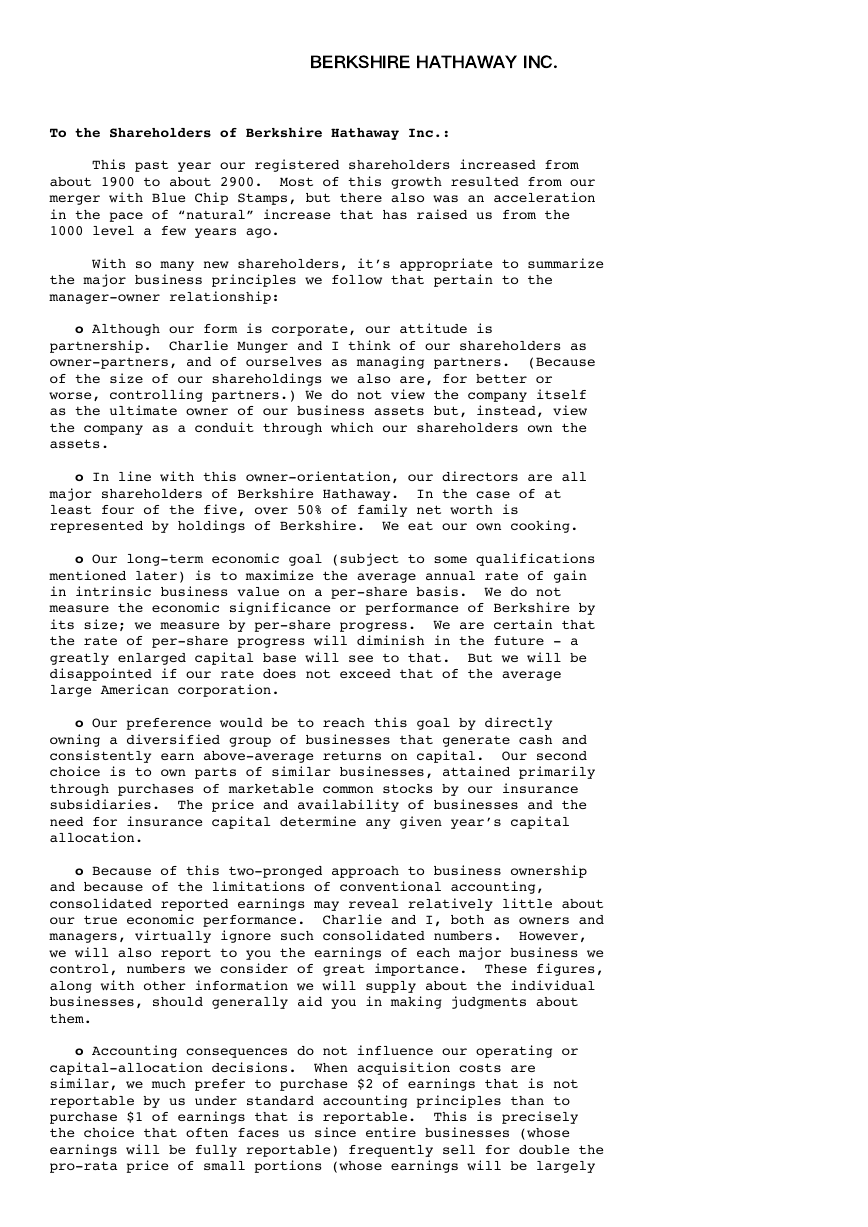
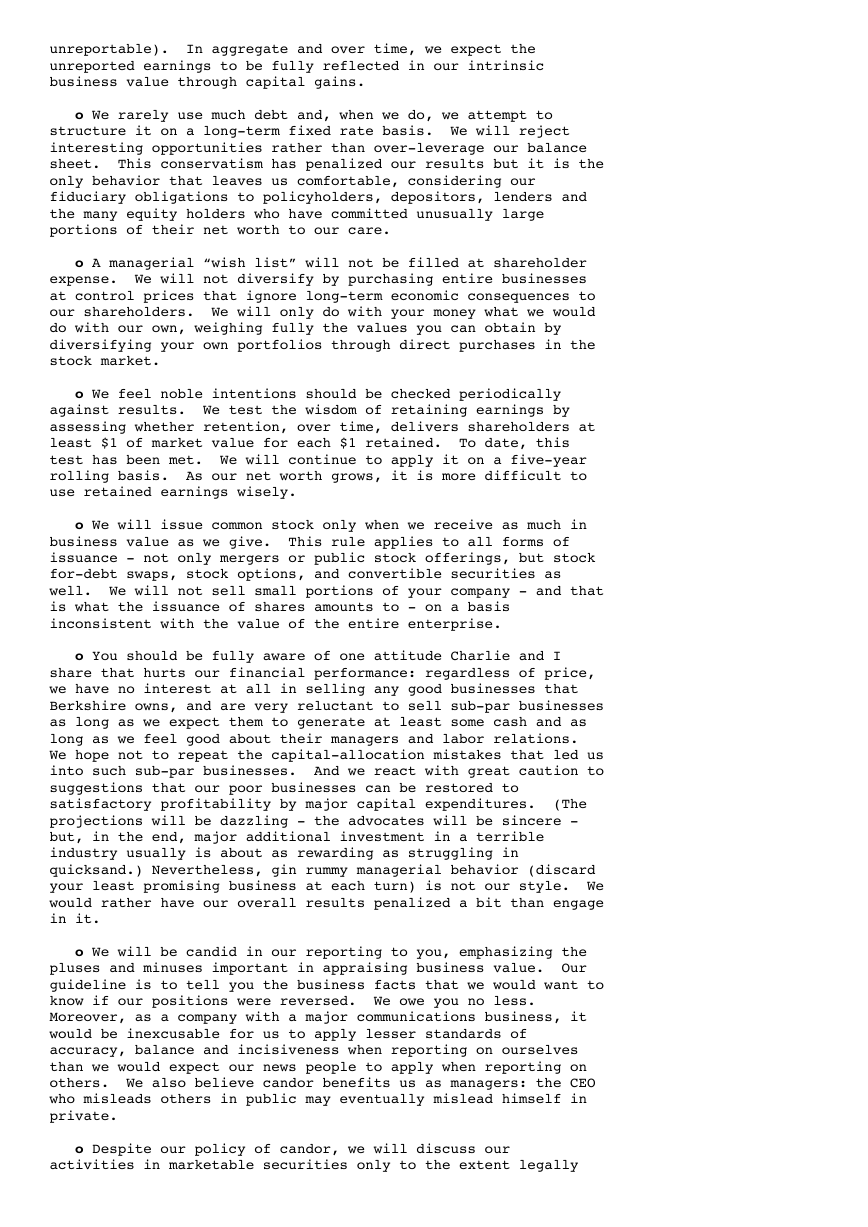

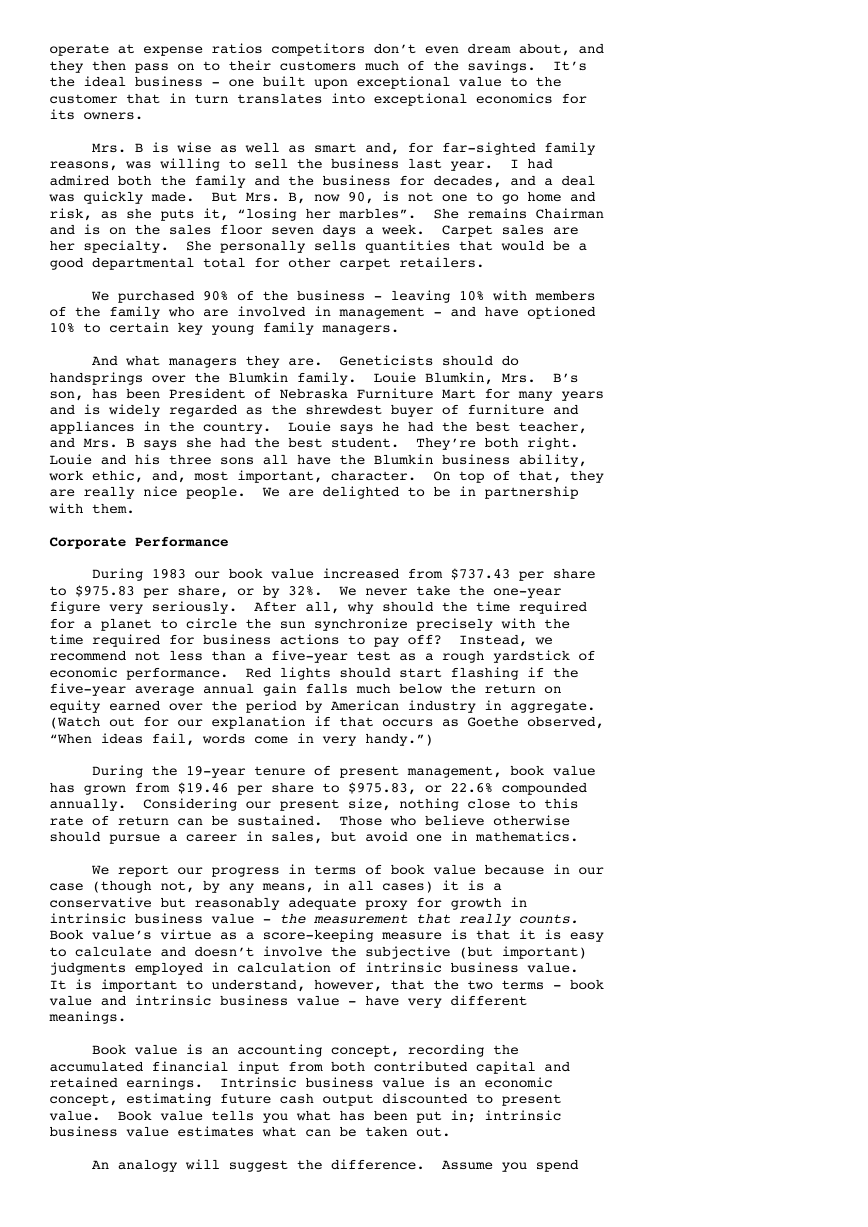
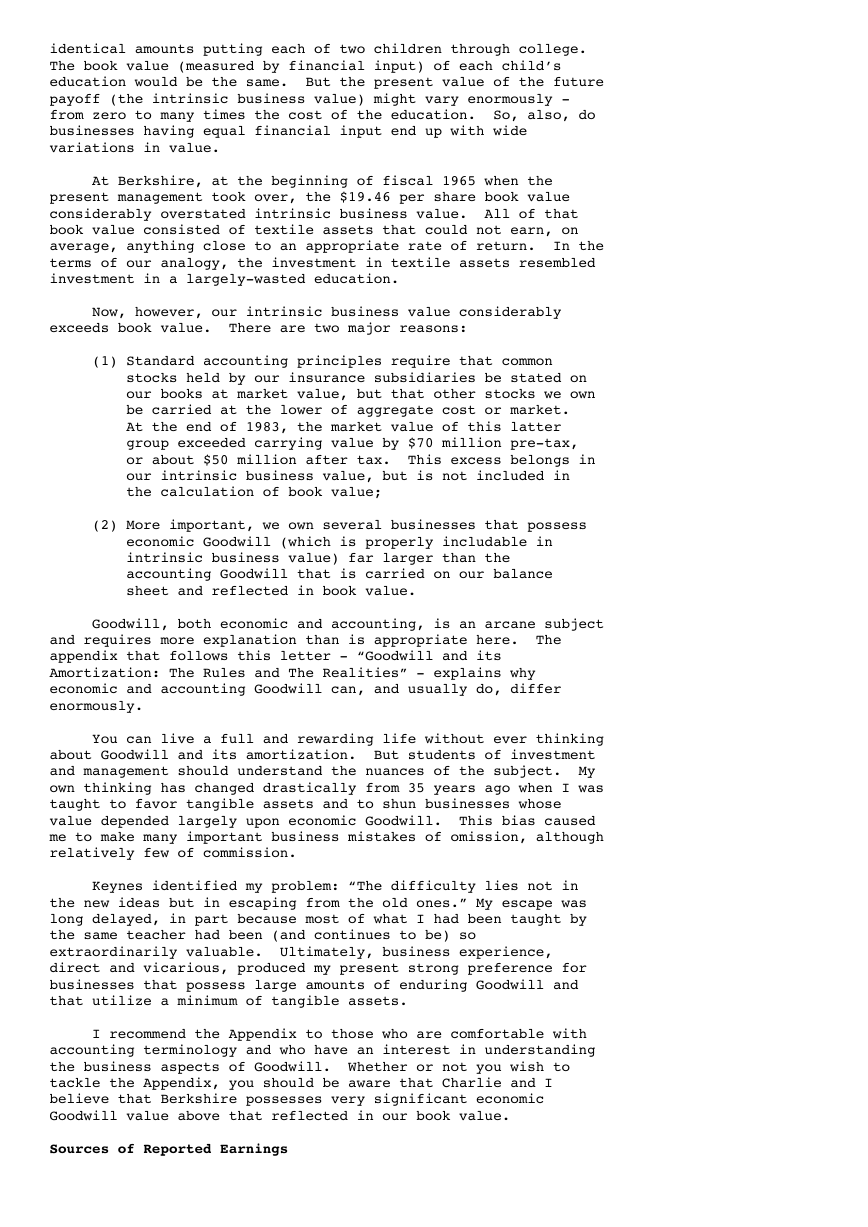
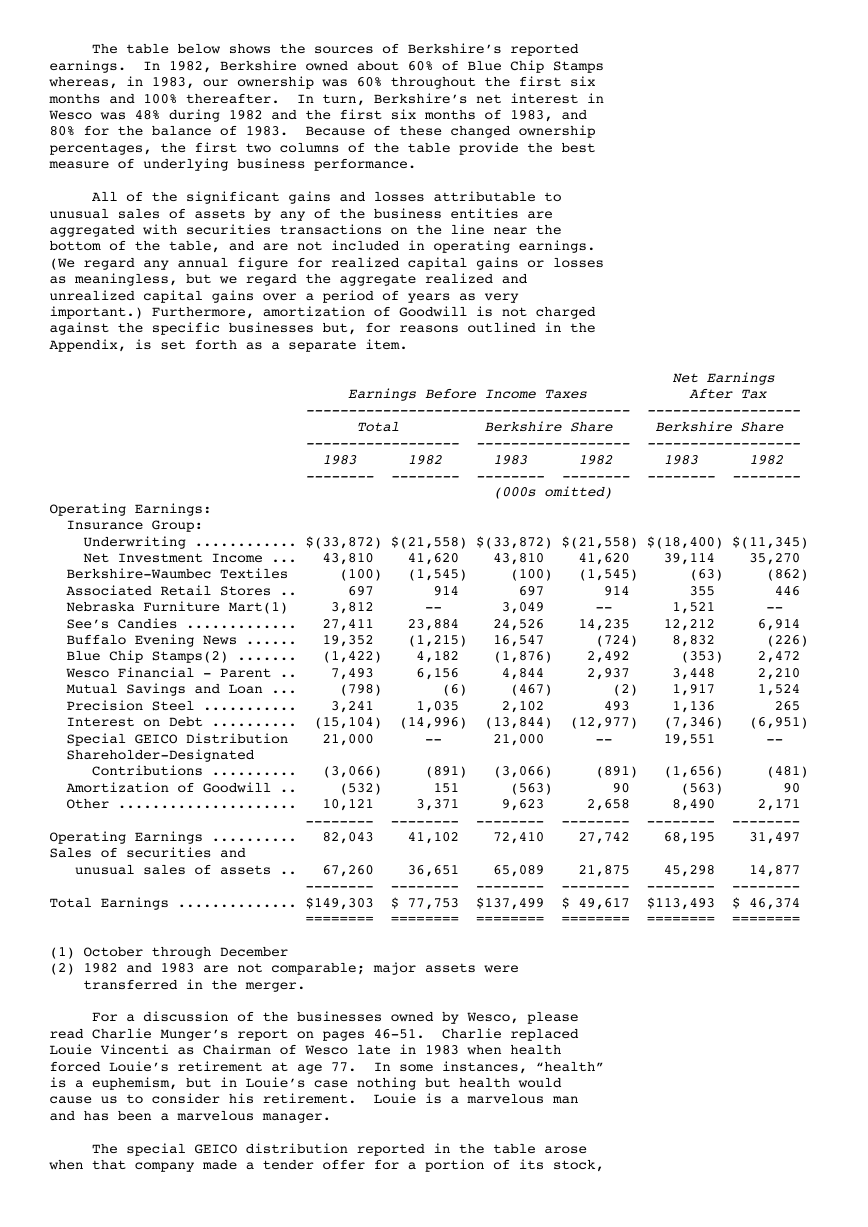
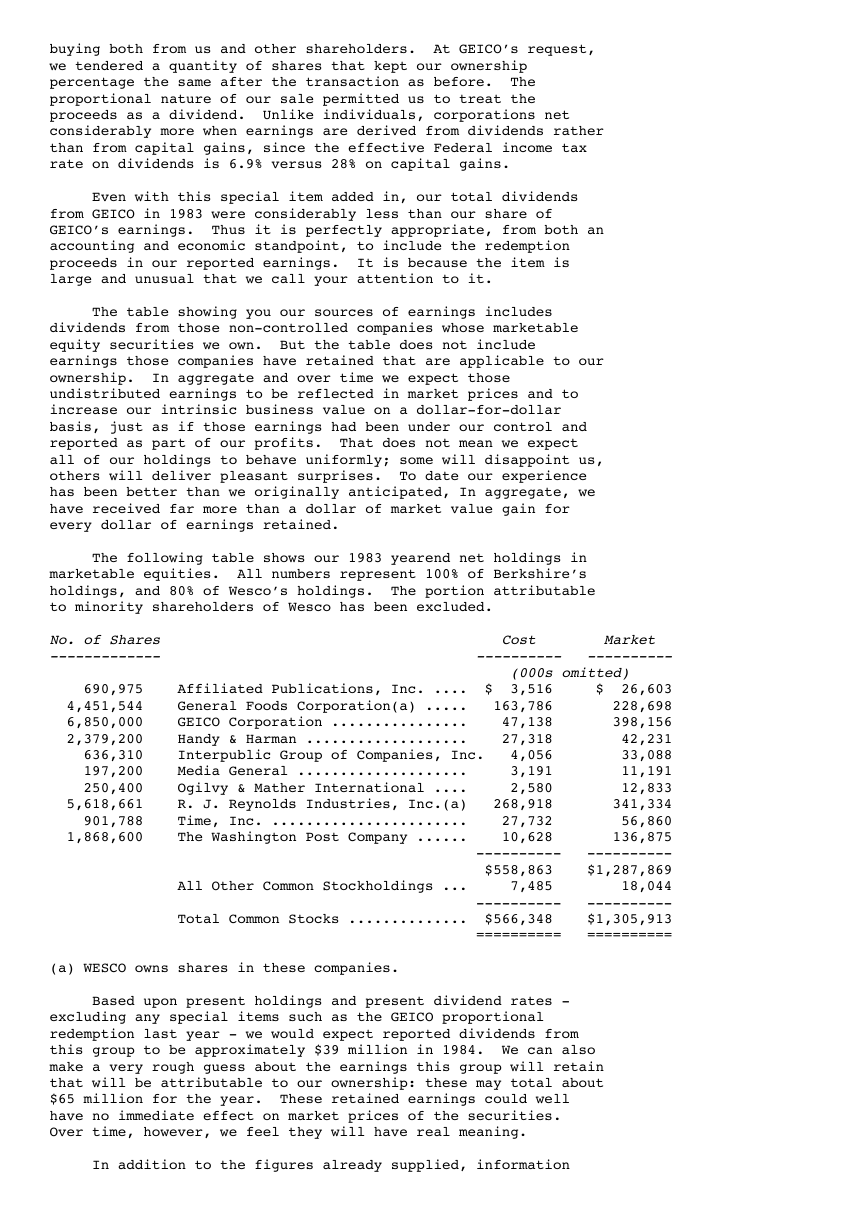









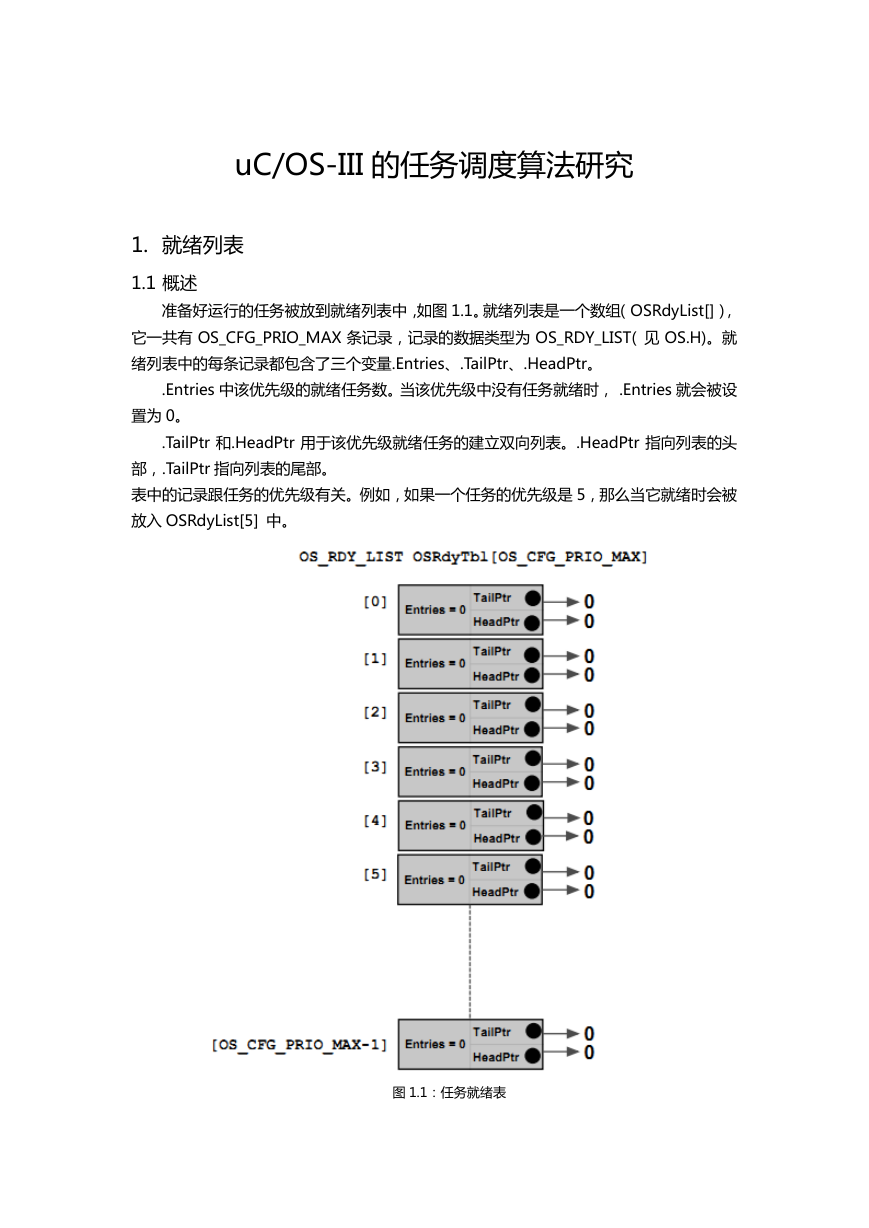 uCOS-III的任务调度算法研究.pdf
uCOS-III的任务调度算法研究.pdf STM32F103x8B_DS_CH_V10(7STM32中文数据手册).pdf
STM32F103x8B_DS_CH_V10(7STM32中文数据手册).pdf FX2N系列PLC培训教程.pdf
FX2N系列PLC培训教程.pdf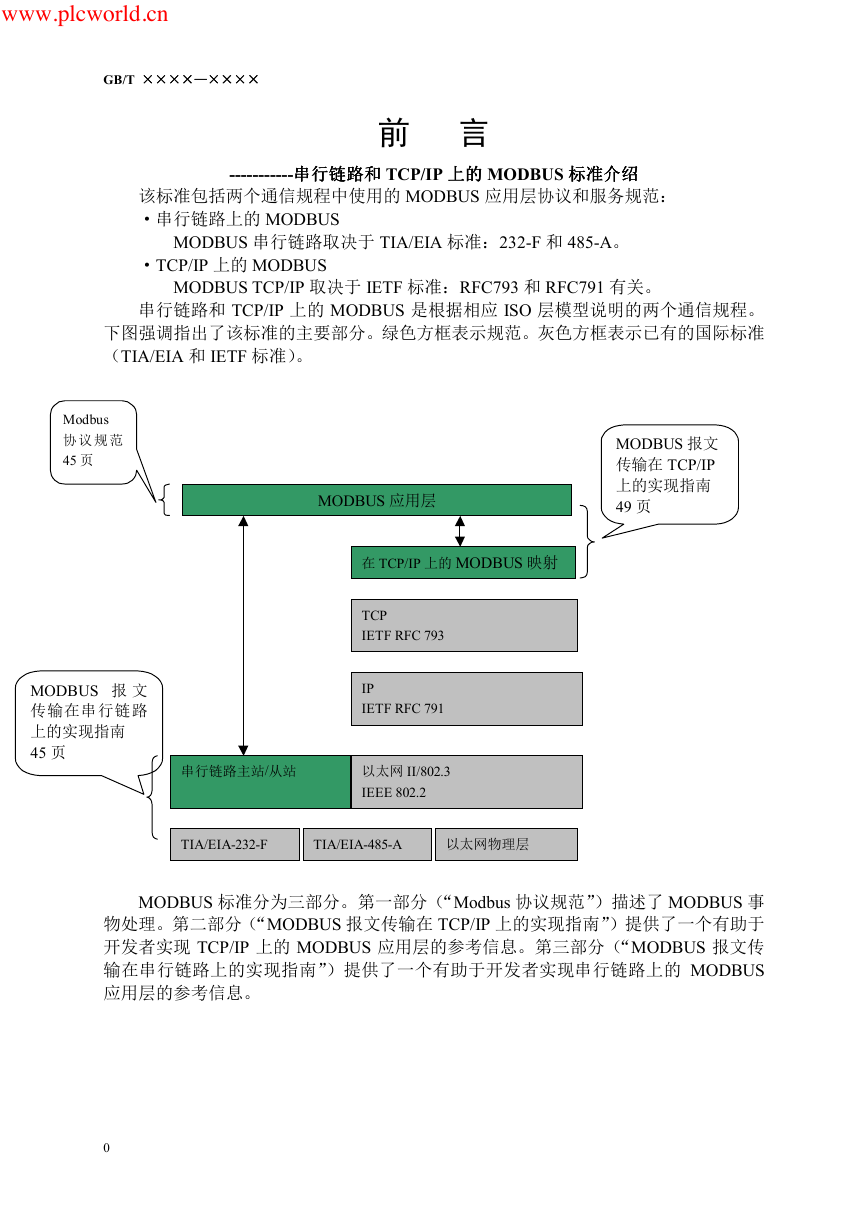 Modbus协议资料.pdf
Modbus协议资料.pdf WM8978中文资料(芯片资料).doc
WM8978中文资料(芯片资料).doc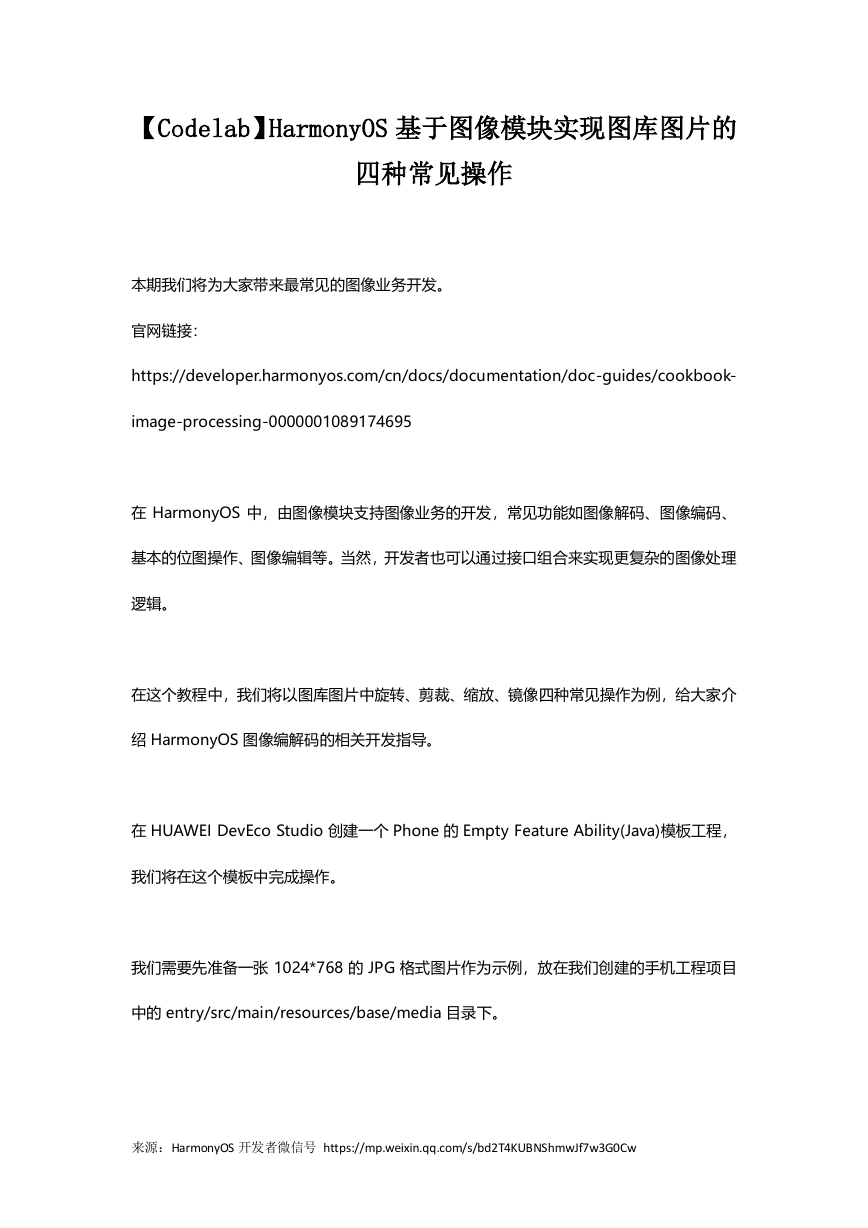 5-1.【Codelab】HarmonyOS基于图像模块实现图库图片的四种常见操作.pdf
5-1.【Codelab】HarmonyOS基于图像模块实现图库图片的四种常见操作.pdf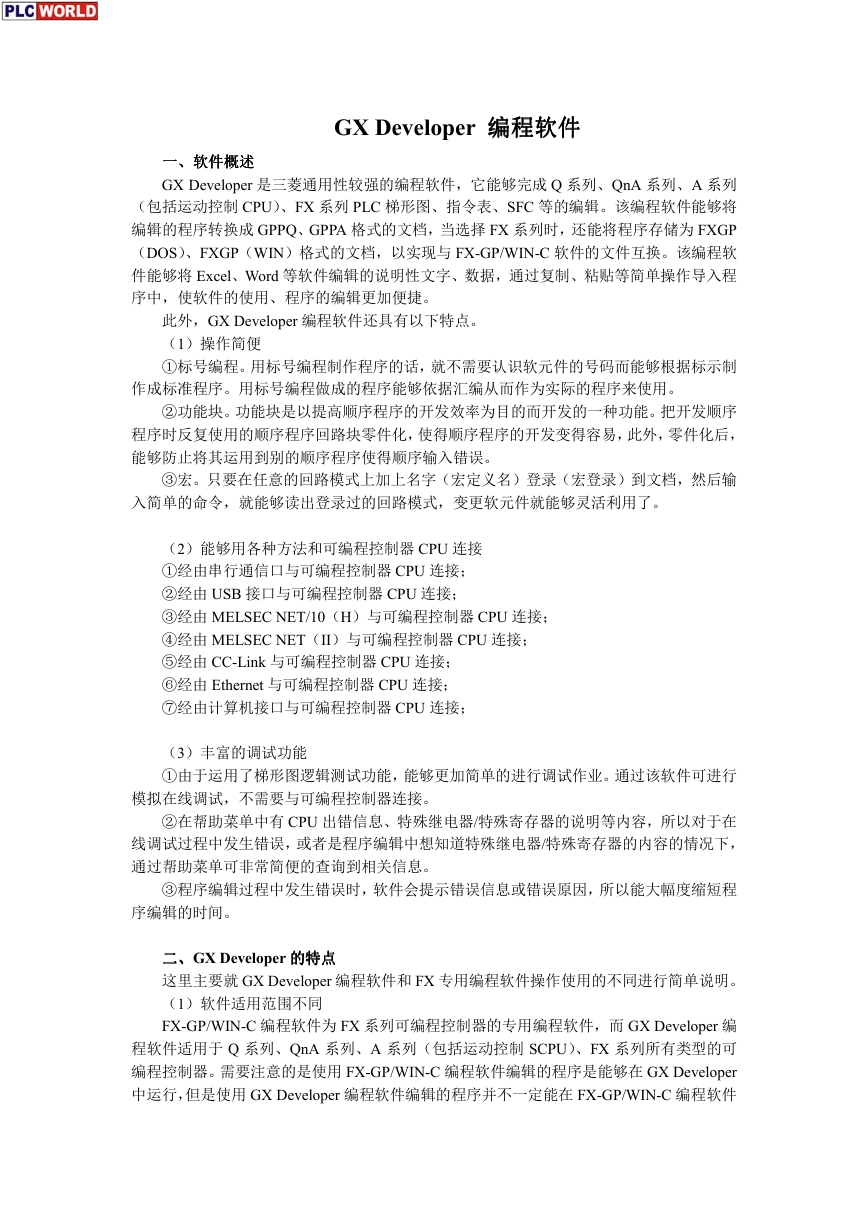 GX Developer 编程软件使用说明.pdf
GX Developer 编程软件使用说明.pdf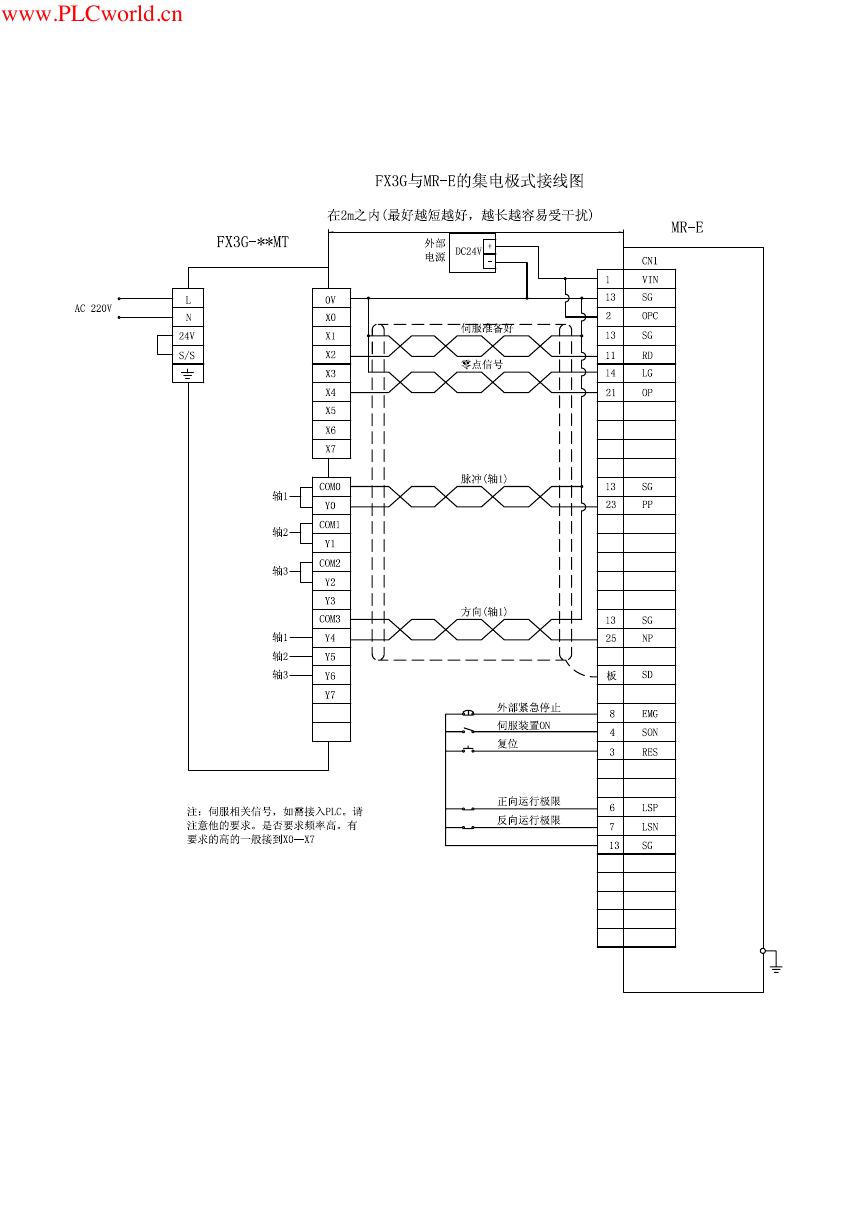 MR-E伺服与FX3G接线图.pdf
MR-E伺服与FX3G接线图.pdf ATK-NEO-6M GPS模块常见问题汇总_201400721.pdf
ATK-NEO-6M GPS模块常见问题汇总_201400721.pdf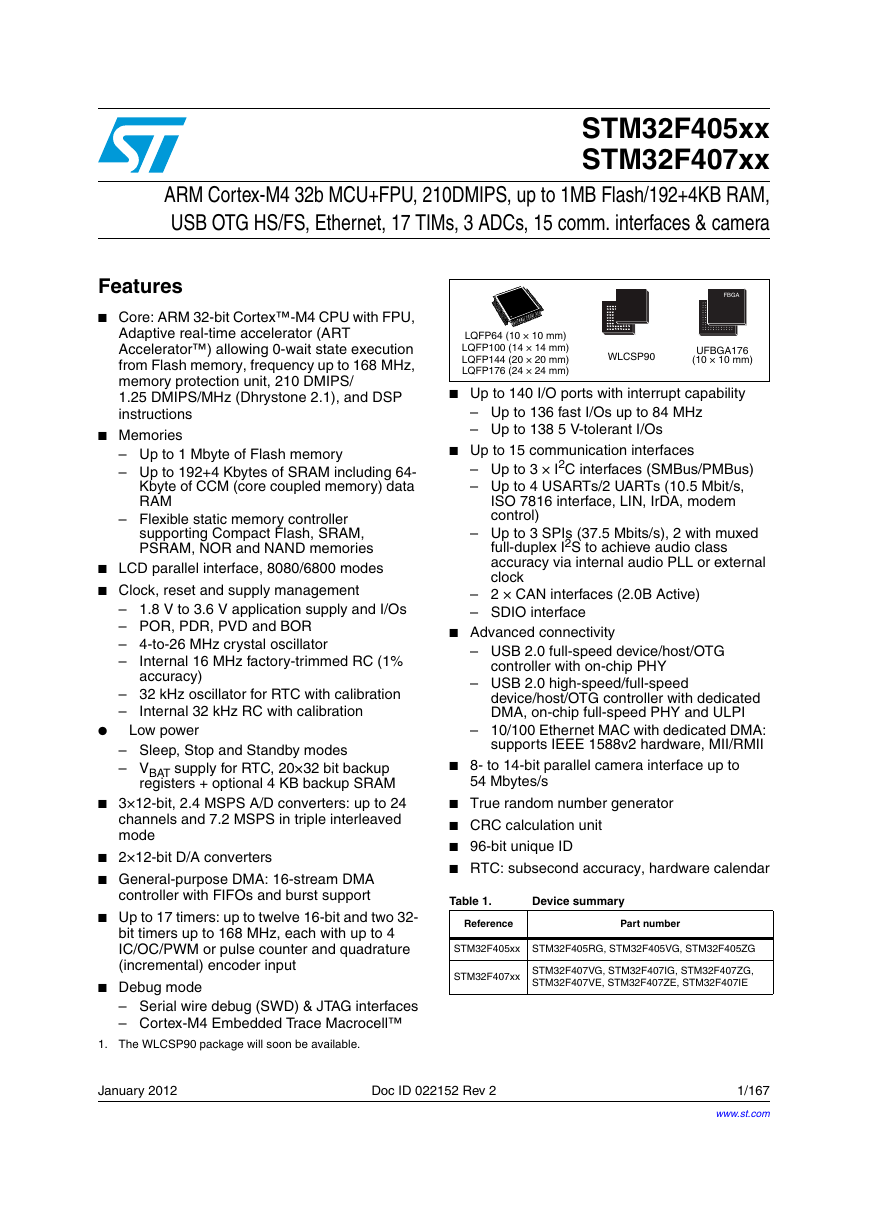 STM32F407ZGT6(芯片资料).pdf
STM32F407ZGT6(芯片资料).pdf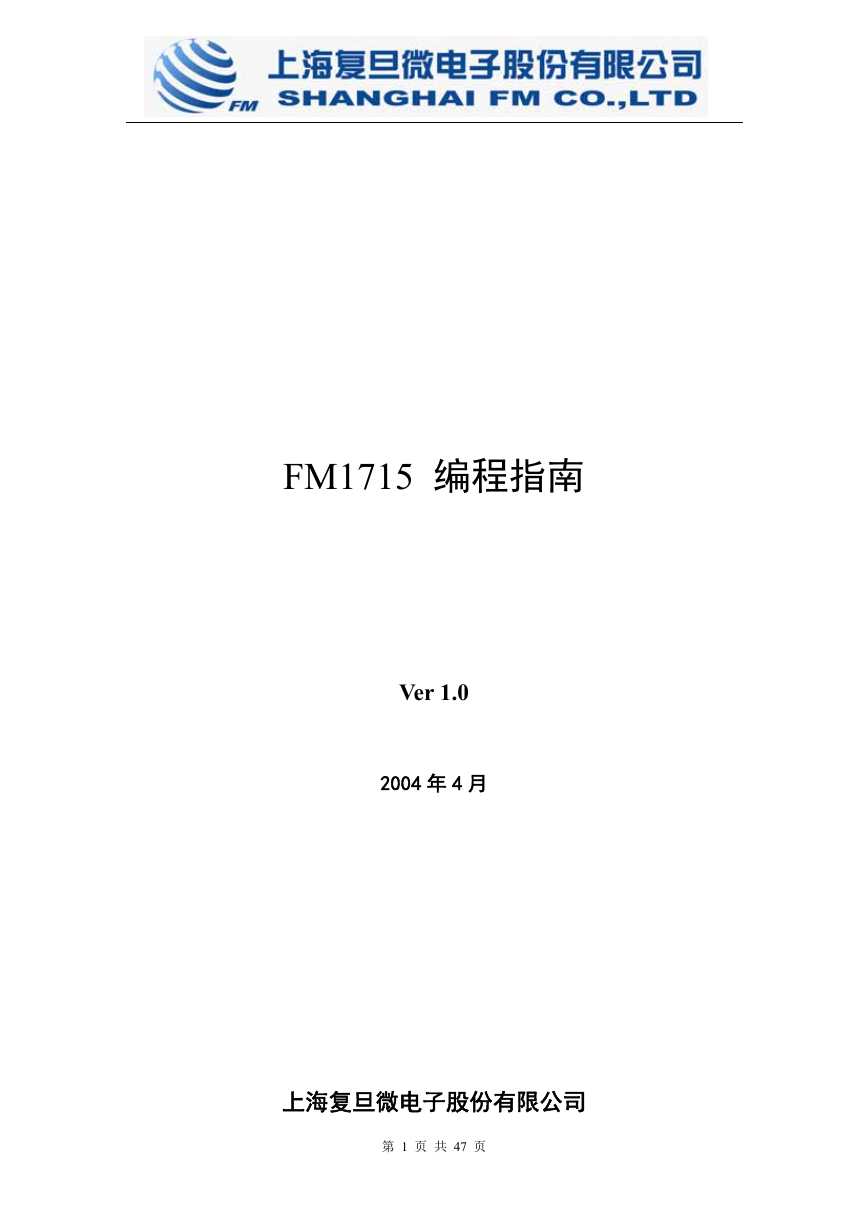 FM1715编程指南.pdf
FM1715编程指南.pdf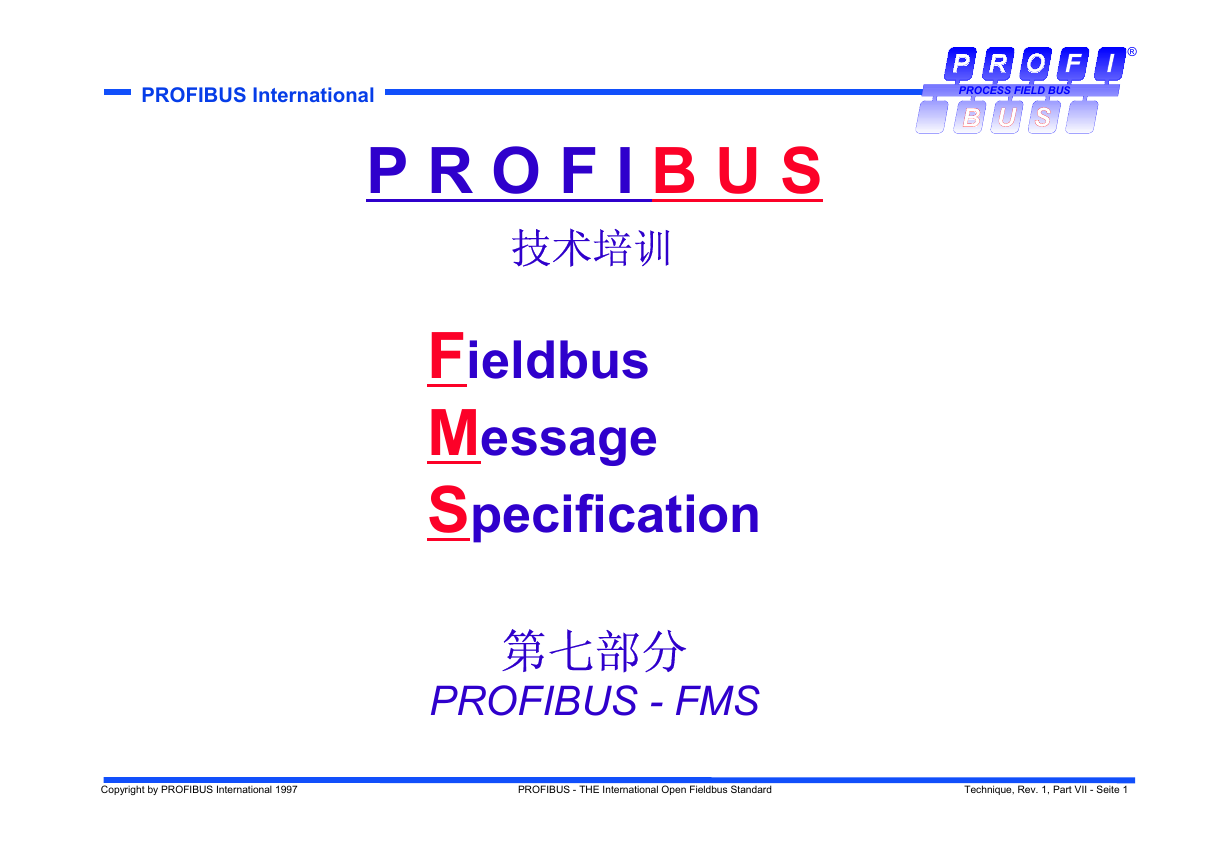 Profibus教程-7.PROFIBUS-FMS.pdf
Profibus教程-7.PROFIBUS-FMS.pdf